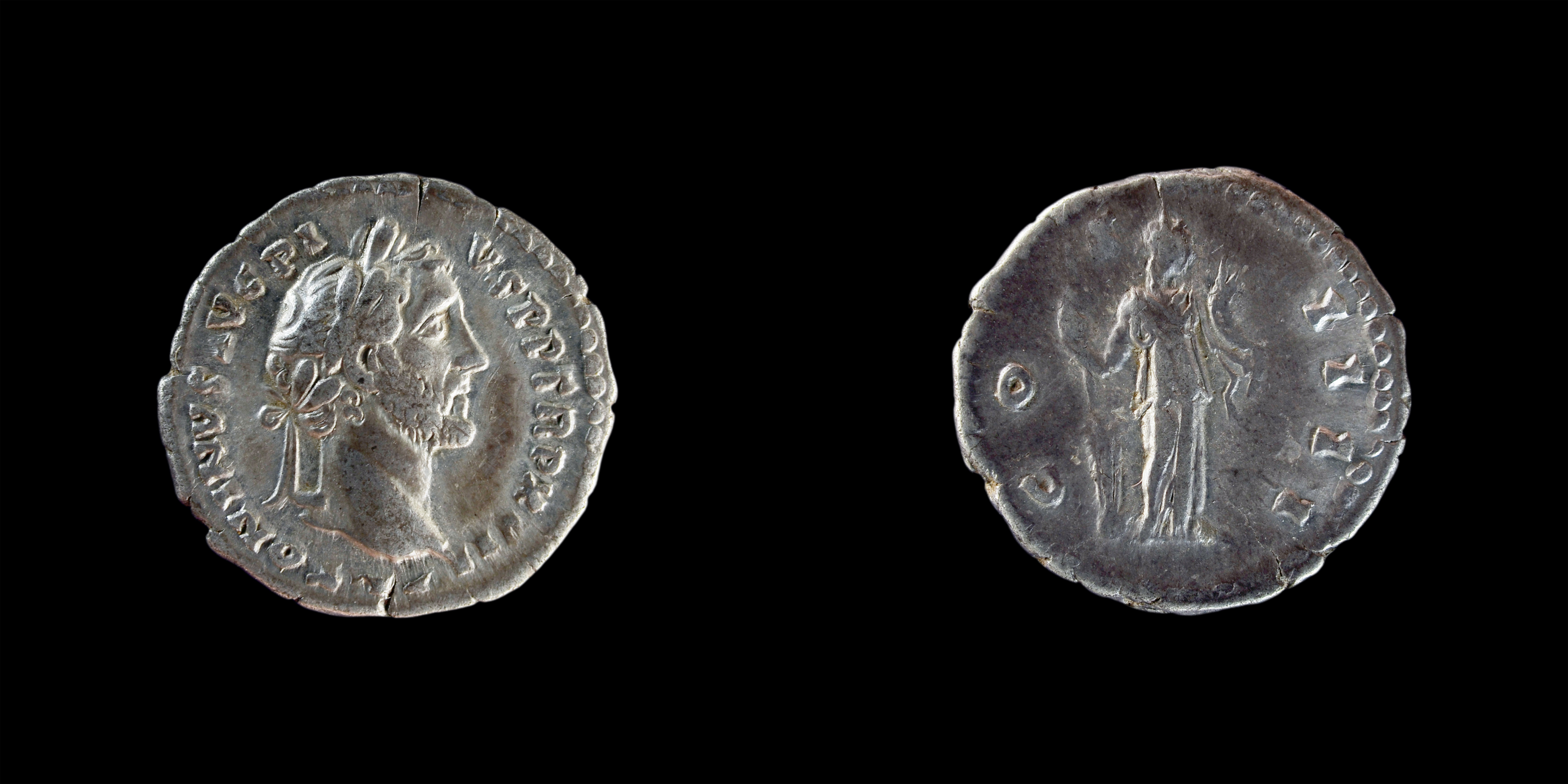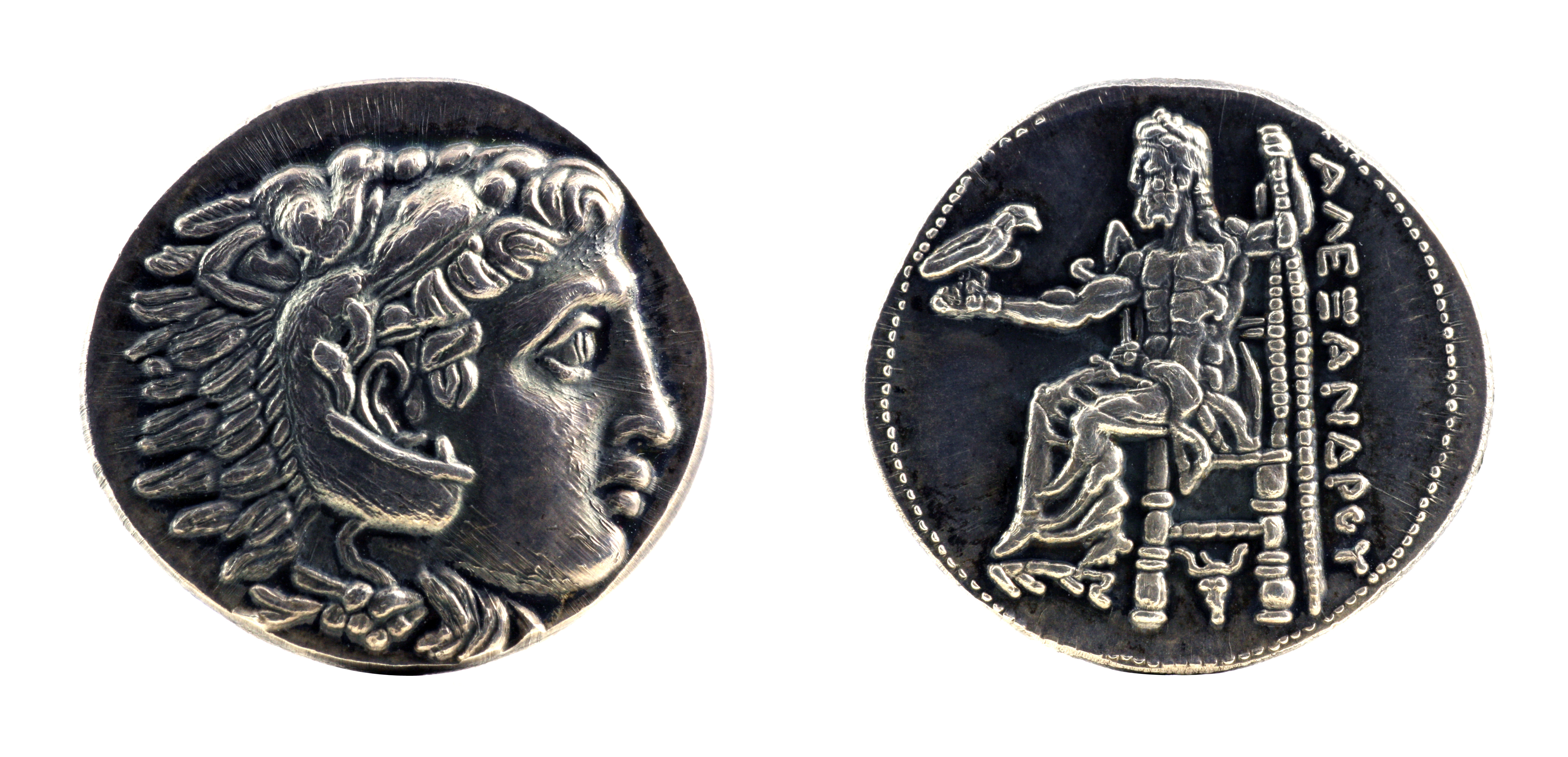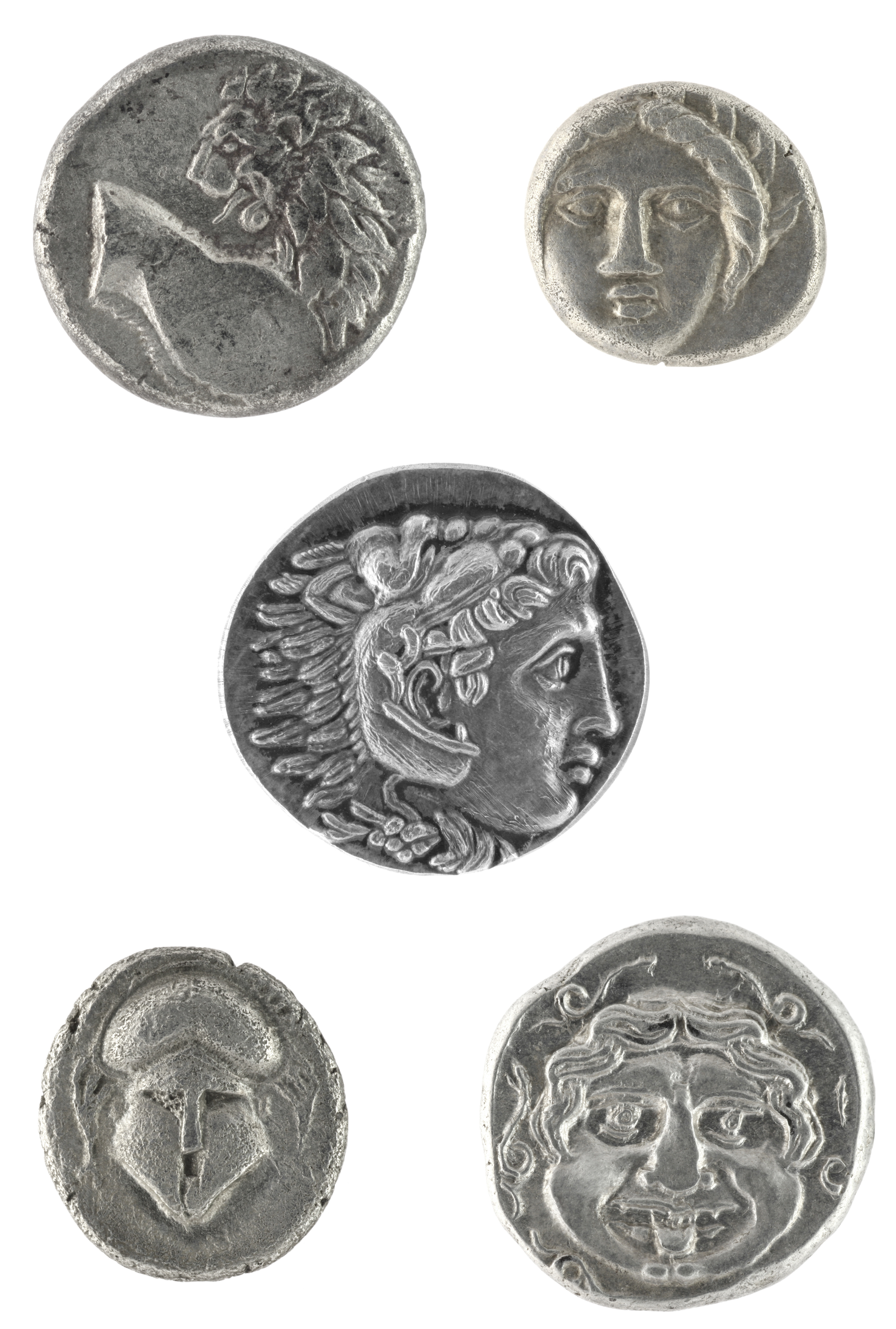Guess we might want to reallocate blame for that $5 billion trading loss at Societe Generale

One thing I’ve learned while being in leadership at my church is that a conflict that appears simple to outsiders is usually far more complicated and messy and ugly than it appears, with blame for a conflict sometimes belonging to the party that appears innocent.
I’m slowly catching on that maybe that idea sometimes applies to massive financial fiascos. (Yeah, yeah, I know. I usually catch on really slow.)
Who is at fault?
Back in January 2008 a trader, Jérôme Kerviel, engaged in €50B of unauthorized trades for Société Générale and hid his trades. That’s fifty billion euros. He admits to making fake entries to hide his admittedly unauthorized trades.
Unwinding the trades cost the bank €4.9B.
I recall at the time that the story line was he was a rogue, a scoundrel, etc., doing all this by himself, etc., single handedly pulling off a huge scam, etc, cleverly wending his way between those tight internal controls, etc.
Criminal sentence
Previously, Mr. Kerviel was tried and convicted on criminal charges. His initial sentence was five years, which was reduced to two years (I think it was 2 but maybe was 3).
He served five months in prison, according to the following article.
Wrongful termination
Well, multiple parts of the French judicial system are saying that allocating the blame is a bit more complicated.
…











